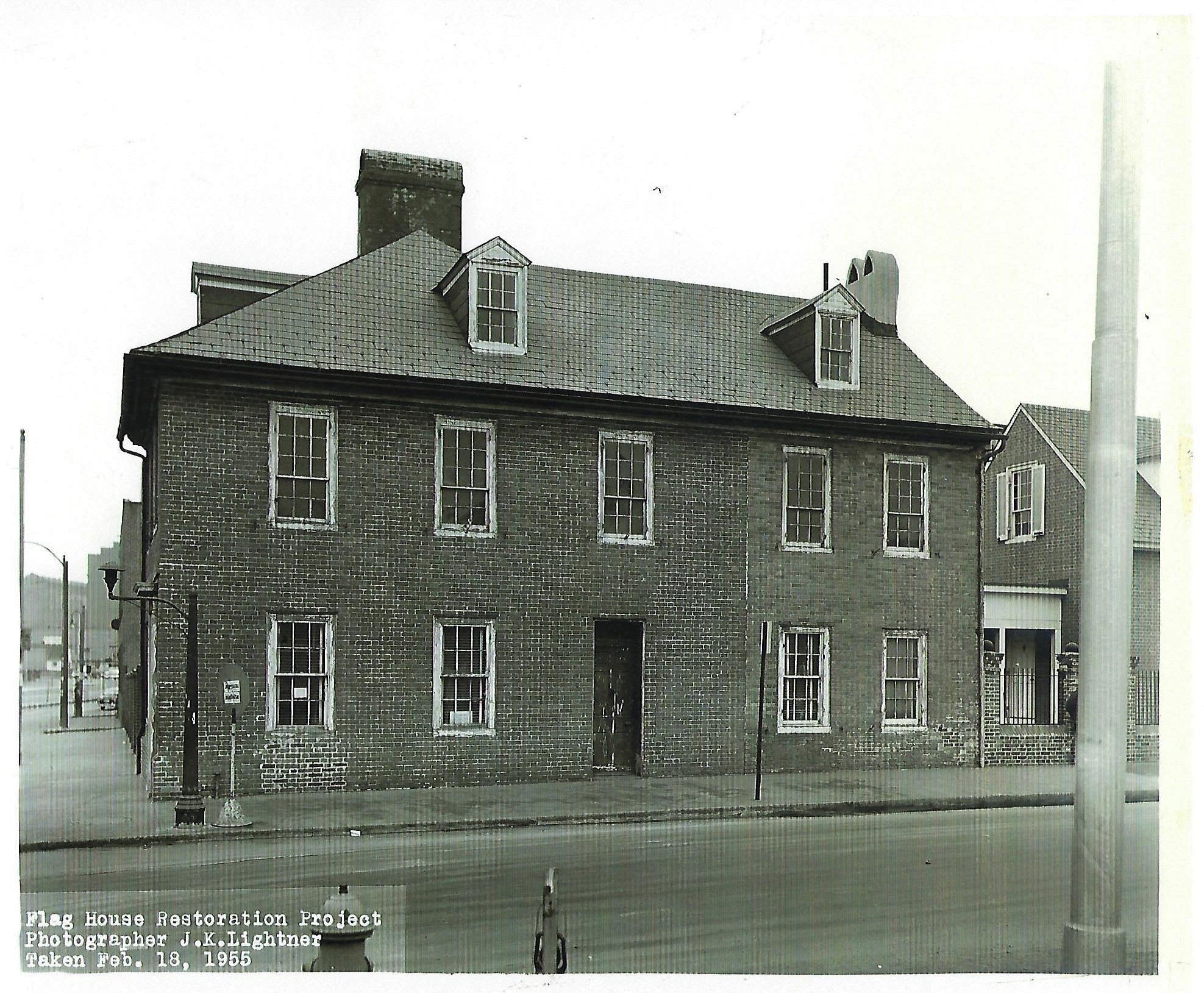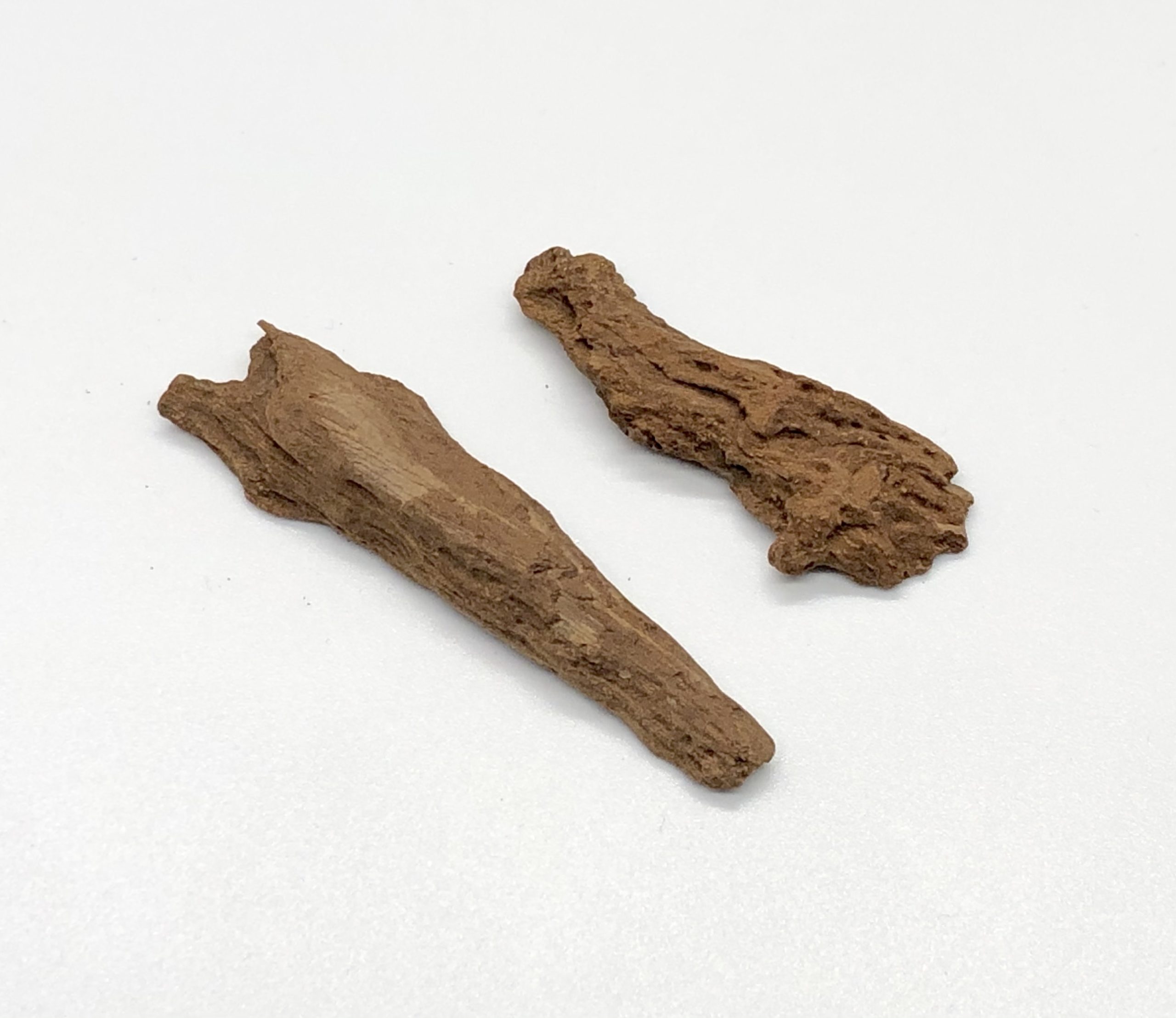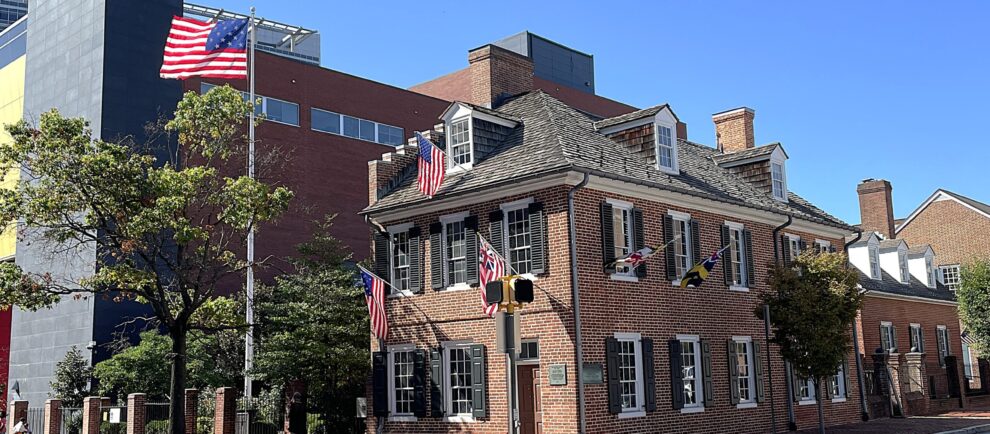Efforts to preserve and restore the historic fabric of the Flag House began during the 1914 Star-Spangled Banner Centennial Celebration when chairpersons Arthur and Ruthella Bibbins began fundraising to purchase the open the house as a historic shrine. By 1927, the historic Flag House had been purchased with the assistance of Baltimore City, opening as a public museum in 1928. The Flag House trustees hired Arthur Perry Sewell (1900-1946) and Elizabeth Murray Sewell (1890 – 1977) as the first curators and stewards of the Flag House. Because a chemical attack had blinded Arthur during World War I, Elizabeth conducted all correspondence and Flag House operations alongside her husband and on his behalf. The couple resided in a third-floor apartment in the Flag House’s attic as late as 1940. Together they were responsible for the initial preservation of the Flag House, restoring it to its approximate 1813 appearance, using Works Project Administration workers, and even continuing preservation work during World War II. After Arthur’s sudden death in October of 1946, Elizabeth continued as curator until April 1957. She oversaw the first initiatives to expand the museum’s footprint to include the first museum and office building (1950). In 1955, the Flag House underwent a major restoration project to restore the exterior Pratt Street facade to its approximate 1793 appearance. This phase of preservation saw the removal of the storefront window installation of a steel beam support in the basement, reconfiguring of rooms to restore partition walls and doorways removed from the first floor, brick restoration on all exterior facades, and removal of the steam heat and radiator system and plumbing in the kitchen and third-floor attic.














The nails, glass, wood, and plaster below were collected during the various preservation efforts of the historic Flag House and the archeological survey conducted by the Baltimore Center for Urban Archaeology in 1998 to uncover the foundations of the nineteenth-century privy and beehive oven located directly behind the north wall of the Flag House’s kitchen.





For more #NationalPreservationMonth stories follow the National Trust for Historic Preservation @SavingPlaces, #ThisPlaceMatters & #TelltheFullAmericanStory.
